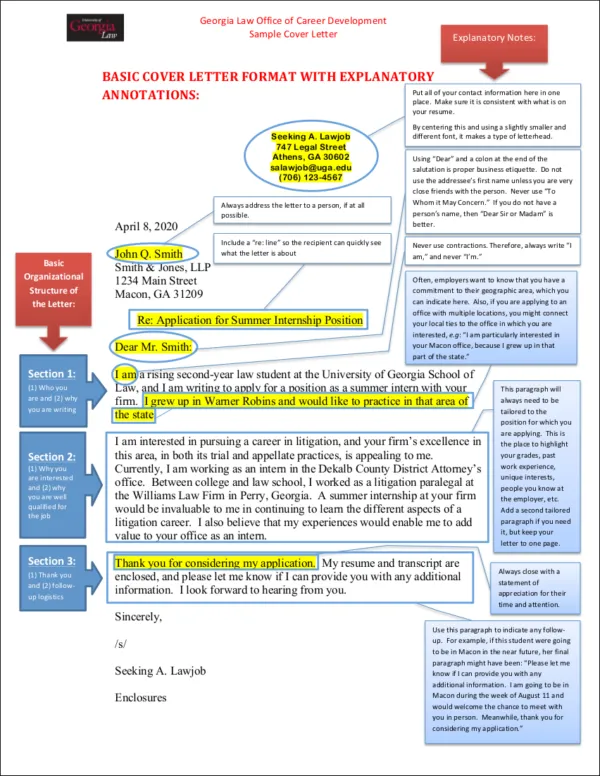Cover Letter Tips How to Write a Great One
A cover letter is a crucial component of any job application, serving as your introduction to a potential employer. It provides an opportunity to showcase your personality, skills, and experiences in a way that a resume alone cannot. Writing a compelling cover letter can significantly increase your chances of landing an interview. In this guide, we will explore the key elements of a successful cover letter, offering practical tips to help you craft a document that grabs attention and leaves a lasting impression. A well-written cover letter is your first chance to make a positive impact, so it’s worth investing time and effort into its creation. Remember that tailoring your cover letter to each specific job application is a critical step. Your cover letter isn’t just a formality, it’s a chance to set yourself apart from other candidates.
Understanding the Purpose of a Cover Letter
The primary purpose of a cover letter is to introduce yourself to the hiring manager and express your interest in the position. It provides context to your resume, allowing you to elaborate on your qualifications and explain how your skills align with the job requirements. A cover letter is your chance to tell a story, highlighting relevant experiences and demonstrating your enthusiasm for the role and the company. Beyond simply stating your qualifications, a cover letter allows you to showcase your writing skills, communication abilities, and personality. It’s an opportunity to make a personal connection with the reader and convince them that you are not just qualified but also a good fit for the company culture.
What to Include in a Cover Letter Header
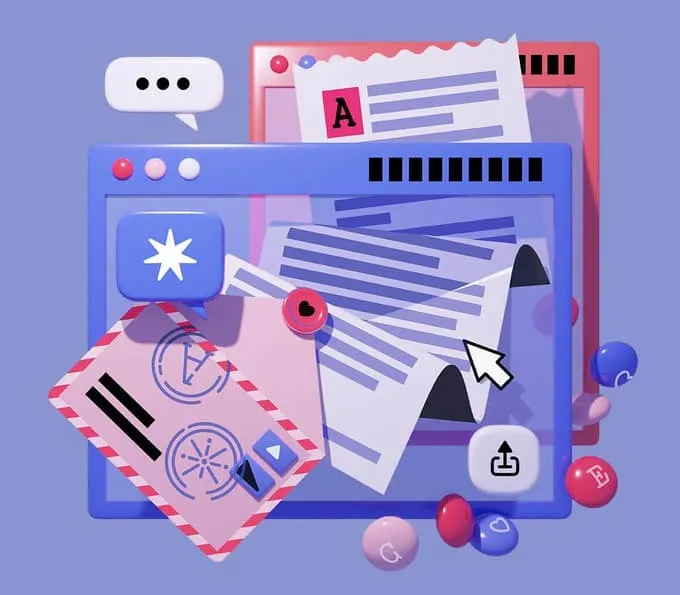
The header of your cover letter sets the stage for the rest of the document and should include essential information to identify you and the recipient. A well-formatted header looks professional and makes it easy for the hiring manager to contact you. Pay close attention to details within the header, as this can greatly impact the first impression the reader has of your application. The header should be clean, organized, and easy to read. Below are critical sections to include in the header of your cover letter.
Contact Information
Your contact information should include your full name, phone number, email address, and optionally, your LinkedIn profile URL. Make sure your contact information is accurate and up-to-date. Use a professional-sounding email address. Ensuring your contact information is easily accessible to the recruiter is essential for them to be able to reach out to you efficiently. This way, they can quickly contact you if they find your application promising.
Date
Include the date on which you are writing the cover letter. This helps in keeping track of the application. Place the date just below your contact information or the recipient’s information.
Recipient Information
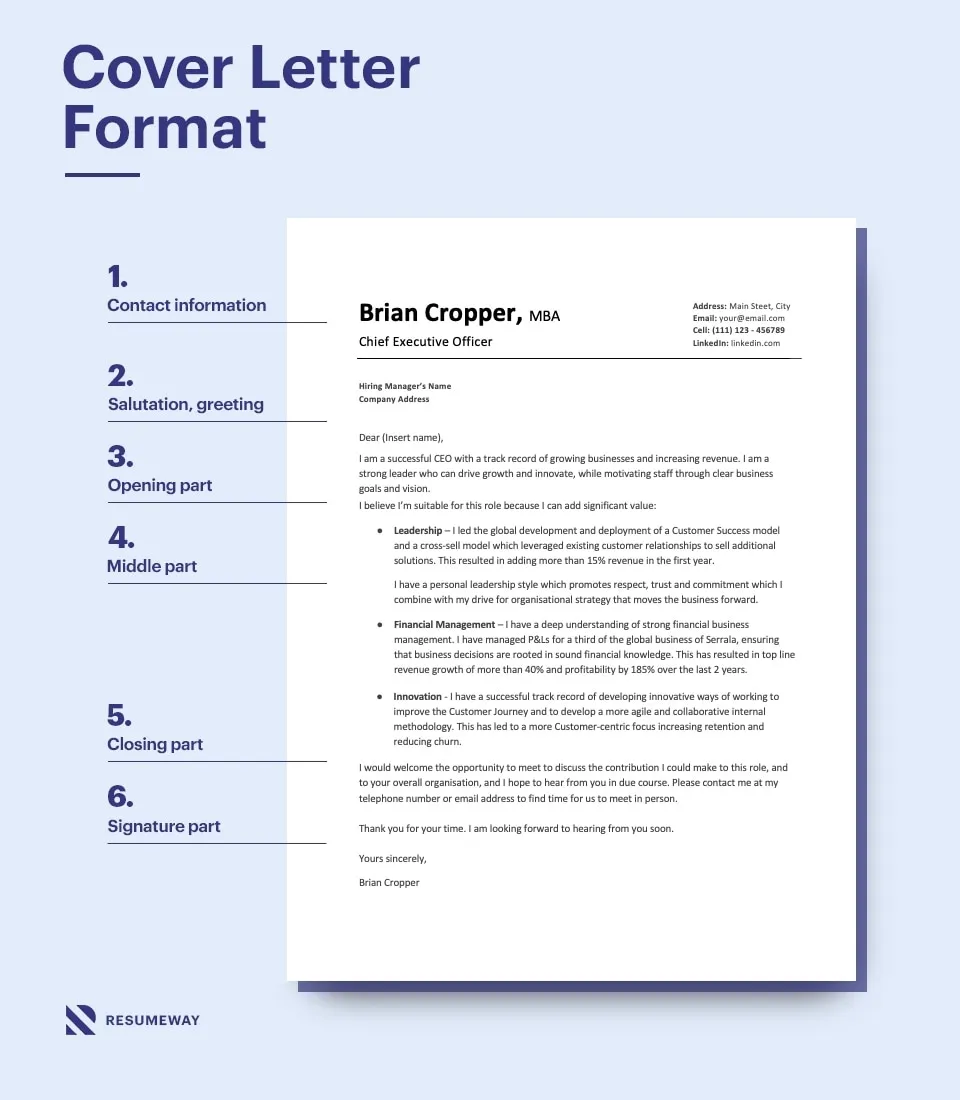
If possible, address the cover letter to a specific person (the hiring manager or recruiter). Research the company website or use LinkedIn to find the name and title of the appropriate person. If you are unable to find a specific name, use a professional greeting such as “Dear Hiring Manager” or “Dear [Department] Hiring Team”. Addressing the cover letter to a specific person shows you have taken the time to research the company and pay attention to detail.
Crafting a Compelling Opening
The opening paragraph of your cover letter is crucial as it sets the tone for the entire document. It’s your first chance to grab the reader’s attention and make them want to learn more about you. A strong opening paragraph should clearly state the position you are applying for and how you learned about the opportunity. It should also briefly highlight your most relevant qualifications or skills. The opening paragraph should make the reader want to continue reading. Below are ways to build a strong opening.
Personalized Greeting
Start with a professional greeting, such as “Dear Mr./Ms./Mx. [Last Name]” if you know the hiring manager’s name, or “Dear Hiring Manager” if you do not. Avoid generic greetings like “To Whom It May Concern” or “Dear Sir/Madam,” as they can make your cover letter feel impersonal.
Stating Your Purpose
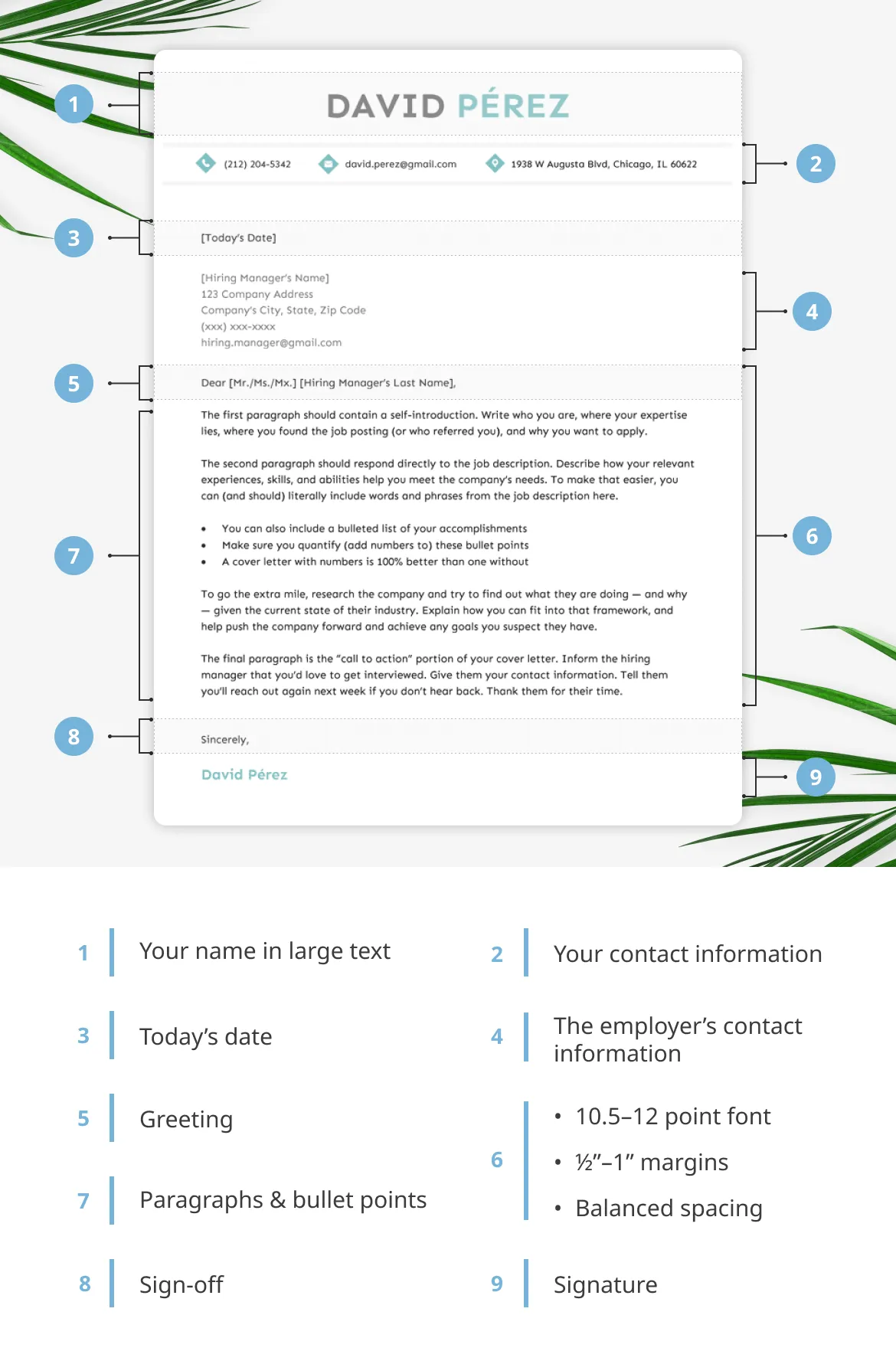
Immediately state the position you are applying for and where you found the job posting. For example, “I am writing to express my interest in the Marketing Manager position advertised on [Platform].” This helps the hiring manager quickly understand the purpose of your letter.
Highlighting Relevant Skills and Experiences
The body of your cover letter is where you showcase your skills and experiences. This section should provide more detail than your resume, explaining how your qualifications align with the job requirements. Use specific examples to demonstrate your abilities and accomplishments. It’s essential to tailor this section to each job you apply for, emphasizing the skills and experiences that are most relevant to the specific role. Below are items to help you highlight relevant skills and experience.
Showcasing Achievements
Instead of simply listing your job responsibilities, highlight your achievements. Use the STAR method (Situation, Task, Action, Result) to provide context, explain what you did, and quantify your impact. Focus on results that demonstrate your ability to make a positive contribution to the company. Emphasize how you have made a positive impact in the past, as this will influence the recruiter.
Quantifying Your Accomplishments
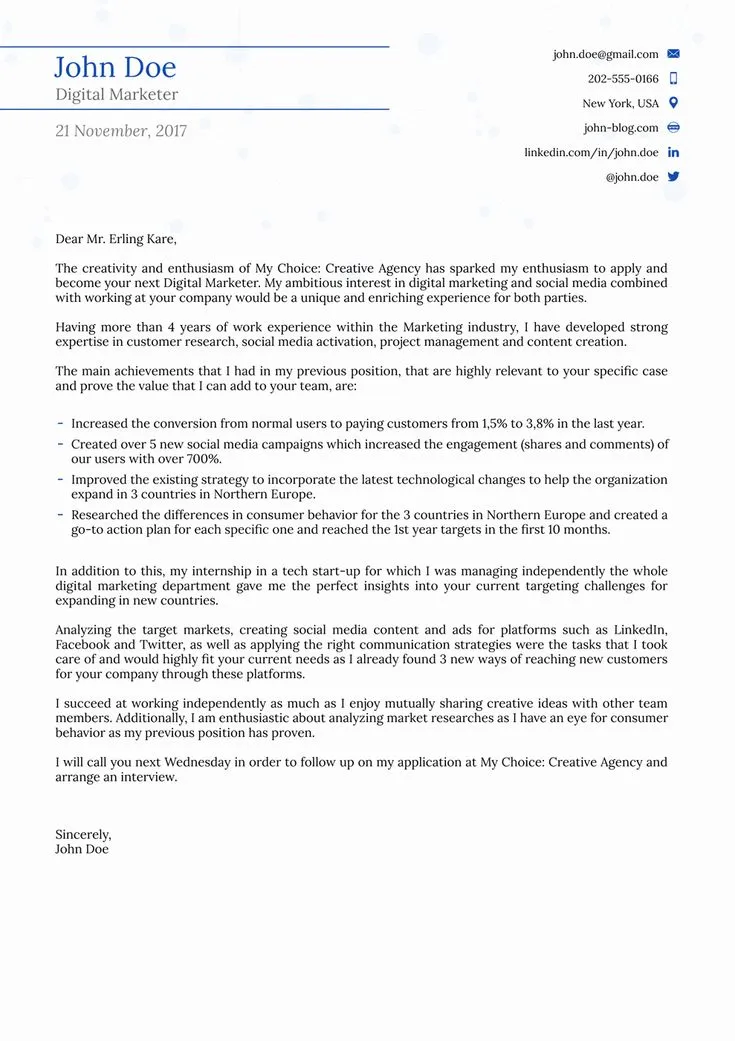
Whenever possible, quantify your achievements with numbers and data. For example, instead of saying “Improved customer satisfaction,” say “Increased customer satisfaction by 15%.” Quantifying your accomplishments adds credibility and shows the tangible results you have delivered in previous roles.
Aligning Skills with Job Requirements
Carefully review the job description and identify the key skills and qualifications the employer is seeking. In your cover letter, explicitly connect your skills and experiences to these requirements. Provide specific examples that illustrate how you have successfully used these skills in the past. Show the employer how your skills meet their needs.
Demonstrating Company Knowledge
Demonstrate that you have researched the company and understand its mission, values, and goals. Mention specific aspects of the company that resonate with you and explain why you are interested in working there. This shows your genuine interest and helps you stand out from other candidates.
Expressing Enthusiasm and Interest
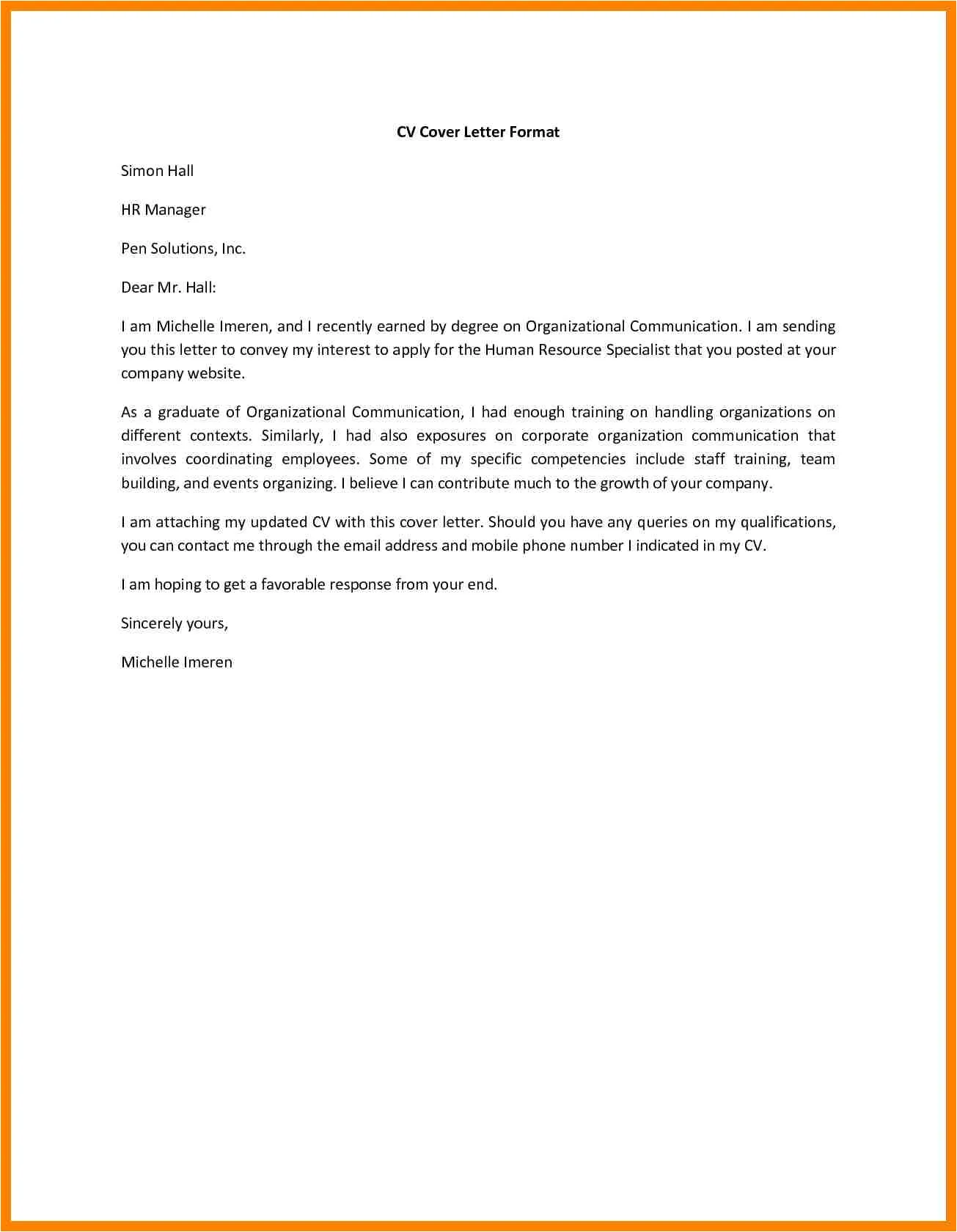
Throughout your cover letter, convey your enthusiasm for the position and the company. Use positive language and a confident tone. Let the hiring manager know why you are excited about the opportunity and how you believe you can contribute to the company’s success. Expressing genuine interest can make a significant difference in how your application is perceived.
Closing the Cover Letter
The closing paragraph of your cover letter should reiterate your interest in the position, express gratitude, and include a call to action. This section provides a final opportunity to leave a positive impression and encourage the hiring manager to take the next step. Be sure to ensure that your closing is professional and courteous. Below are methods to close your cover letter with professionalism.
Expressing Gratitude
Thank the hiring manager for their time and consideration. Express your appreciation for the opportunity to apply and reiterate your interest in the position.
Call to Action
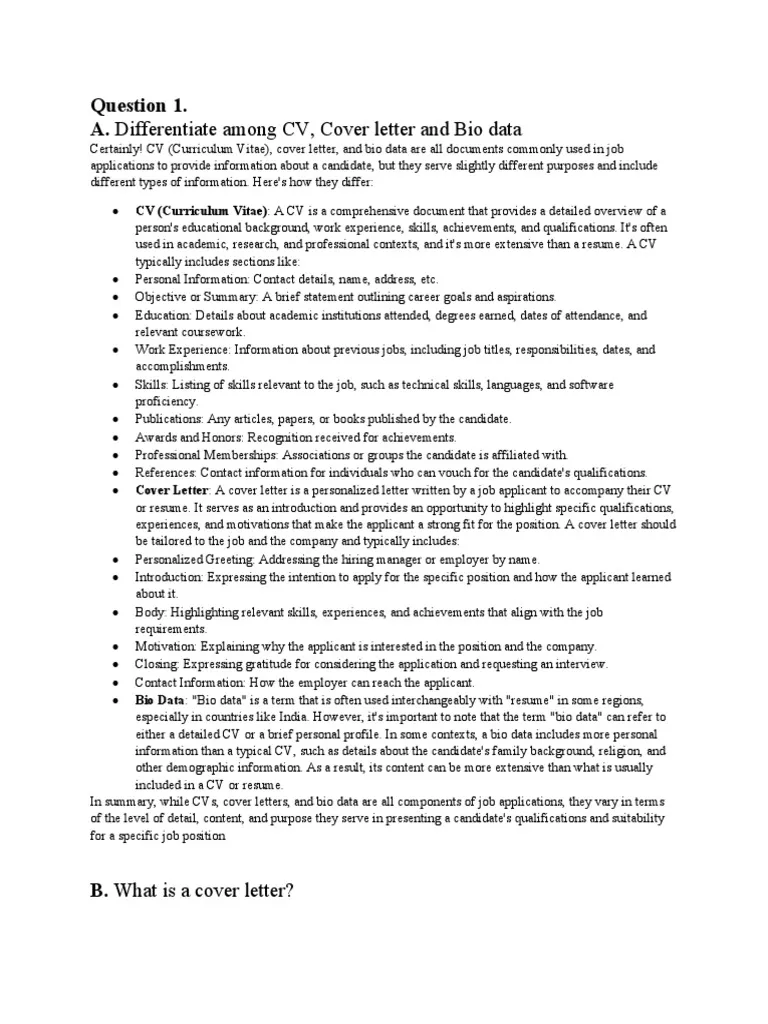
Include a call to action, such as inviting the hiring manager to contact you for an interview. Provide your contact information again and express your availability. End with a professional closing, such as “Sincerely” or “Best regards,” followed by your name.
Formatting and Proofreading Your Cover Letter
The formatting and proofreading of your cover letter are as important as the content. A well-formatted and error-free cover letter demonstrates professionalism and attention to detail. Ensure your cover letter looks polished and professional before submitting it. Below are items to help ensure your cover letter is well-formatted and proofread.
Choosing the Right Font and Formatting
Use a professional and readable font, such as Times New Roman, Arial, or Calibri, with a font size of 11 or 12 points. Use standard margins (1 inch on all sides) and single-space your letter. Ensure consistent formatting throughout the document.
Proofreading for Errors
Proofread your cover letter carefully for any grammatical errors, spelling mistakes, or typos. Have someone else read it over as well, as a fresh pair of eyes can often catch errors you might miss. A polished cover letter is an absolute necessity to make a good first impression.
Final Thoughts
Writing a great cover letter requires careful planning, clear communication, and attention to detail. By following these tips, you can create a cover letter that effectively showcases your skills, experiences, and enthusiasm. Remember to tailor your cover letter to each job you apply for, and always proofread your letter before submitting it. A well-crafted cover letter can significantly increase your chances of landing an interview and ultimately securing your dream job.
